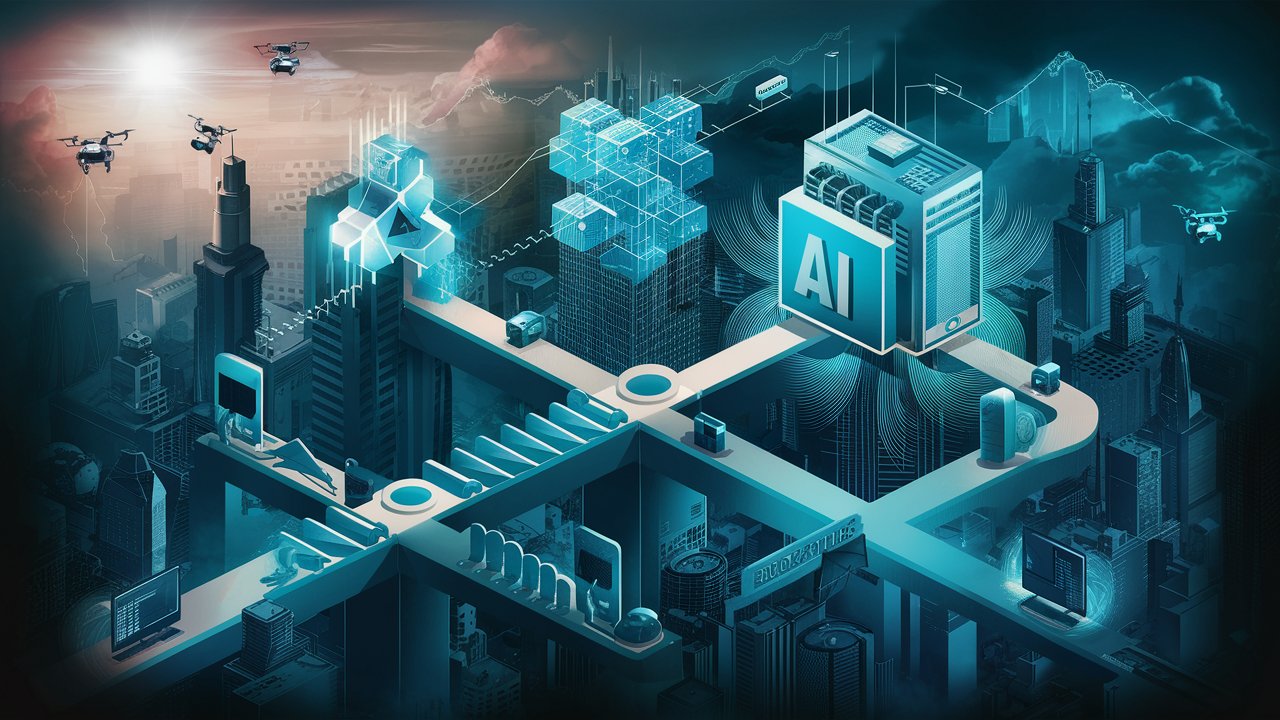Developing autonomous agents, especially those driven by AI, involves a combination of technical, ethical, and practical considerations to ensure they operate effectively, safely, and ethically. Here are some best practices for developing autonomous agents:
1. Define Clear Objectives and Scope
- Specific Goals: Clearly define what the autonomous agent is supposed to achieve. This includes setting measurable objectives and understanding the scope of its operation.
- Constraints and Boundaries: Establish operational constraints and boundaries to prevent unintended behavior.
2. Robust Design and Architecture
- Modular Design: Utilize a modular architecture to make the system easier to develop, test, and maintain. This allows for better flexibility and scalability.
- Redundancy: Incorporate redundancy to ensure reliability and fault tolerance. This can help the agent recover from failures and continue operating.
3. Data Quality and Management
- High-Quality Data: Use high-quality, relevant, and diverse datasets to train the AI components of the autonomous agent. This helps in creating more accurate and unbiased models.
- Data Privacy: Ensure data privacy and protection measures are in place, especially if the agent handles sensitive information.
4. Safety and Security
- Safety Protocols: Implement rigorous safety protocols to prevent harm to humans, property, and the environment. This includes fail-safes and emergency stop mechanisms.
- Security Measures: Protect the autonomous agent from cyber threats with robust security measures, including encryption, authentication, and regular security audits.
5. Ethical Considerations
- Bias Mitigation: Identify and mitigate biases in the training data and algorithms to ensure fair and unbiased behavior of the agent.
- Transparency: Make the decision-making process of the agent as transparent as possible. This includes providing explanations for its actions and decisions.
6. User Interaction and Experience
- User-Friendly Interface: Design intuitive and user-friendly interfaces for interacting with the autonomous agent.
- Feedback Mechanisms: Incorporate feedback mechanisms to allow users to report issues and provide suggestions, facilitating continuous improvement.
7. Testing and Validation
- Comprehensive Testing: Conduct extensive testing in various scenarios, including edge cases, to ensure the agent performs reliably under different conditions.
- Simulation: Use simulation environments to test the agent in a controlled setting before deploying it in the real world.
8. Continuous Monitoring and Improvement
- Monitoring: Continuously monitor the performance and behavior of the autonomous agent in real-time to detect and address issues promptly.
- Updates: Regularly update the software and algorithms to improve performance, security, and compliance with new regulations and standards.
9. Compliance and Regulatory Adherence
- Regulatory Compliance: Ensure the autonomous agent complies with relevant laws and regulations, including industry-specific standards.
- Ethical Guidelines: Adhere to ethical guidelines and industry best practices, fostering responsible AI development.
10. Collaborative Development
- Interdisciplinary Teams: Assemble interdisciplinary teams that include experts in AI, ethics, law, and domain-specific knowledge to cover all aspects of development.
- Community Engagement: Engage with the broader community, including users, researchers, and industry peers, to gather diverse insights and feedback.
11. Documentation and Transparency
- Comprehensive Documentation: Maintain thorough documentation of the development process, including design decisions, algorithms, and data sources.
- Transparency Reports: Publish transparency reports detailing the agent’s capabilities, limitations, and performance metrics.
12. Responsiveness and Adaptability
- Adaptive Learning: Enable the agent to adapt to changing environments and user needs through continuous learning and improvement mechanisms.
- Responsive Updates: Be responsive to emerging issues and user feedback, making timely updates and improvements.
Conclusion
Developing autonomous agents requires a holistic approach that integrates technical excellence with ethical responsibility. By following these best practices, developers can create autonomous agents that are not only effective and reliable but also safe, transparent, and aligned with societal values.





